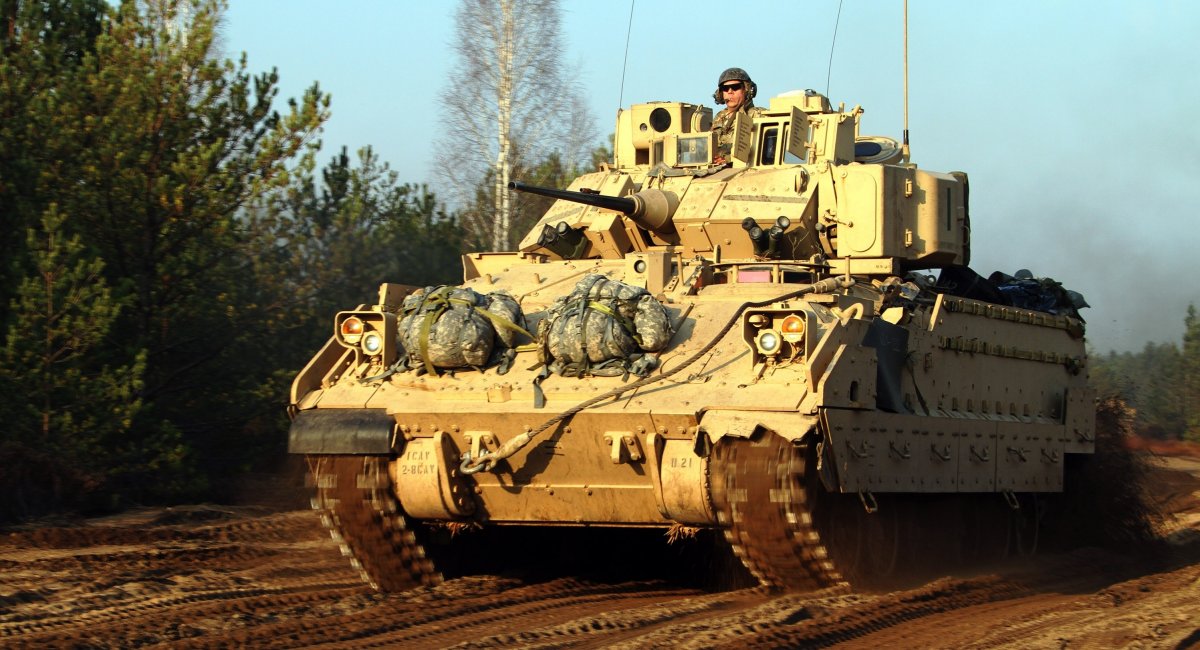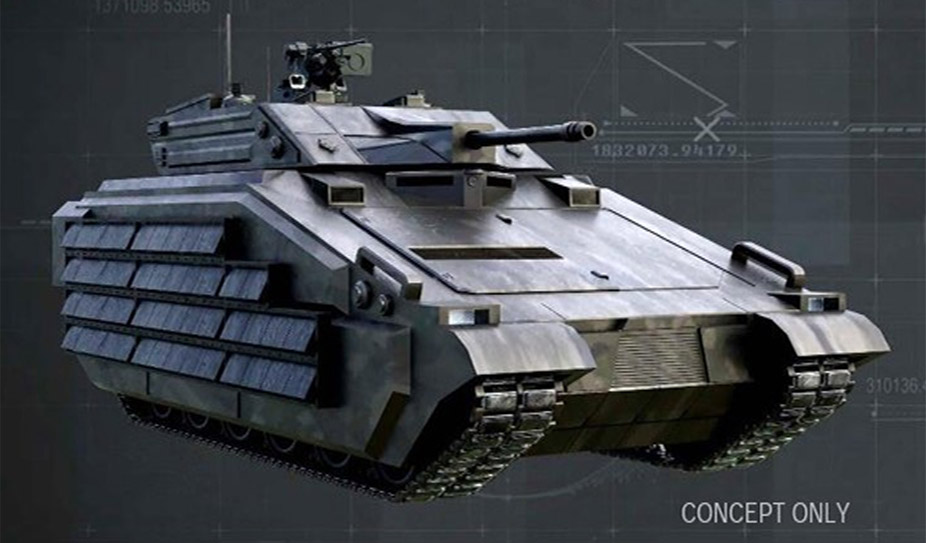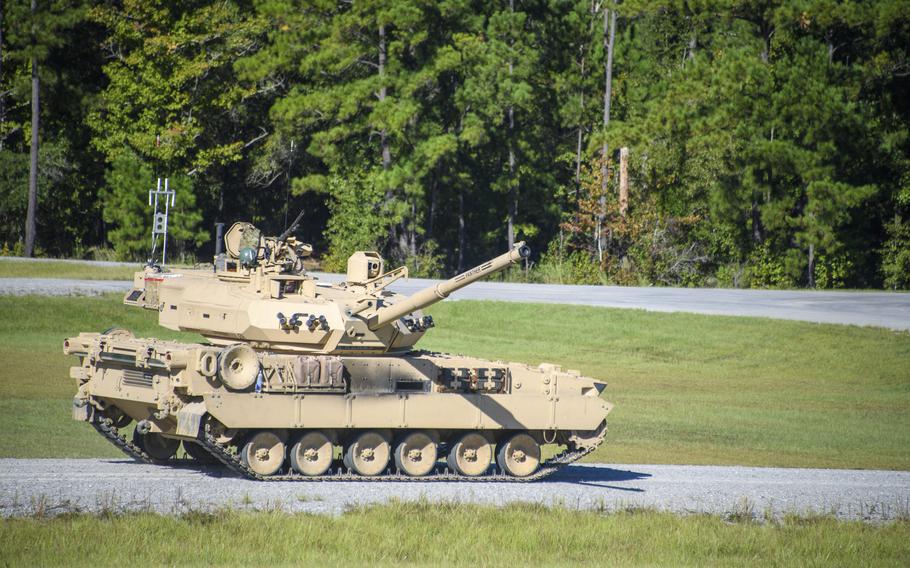
The XM30 BMP is gradually entering the home stretch, which should complete the long history of replacing the M2 Bradley BMP in the US Army
Despite the fact that the Pentagon has a whole epic called “Replace the Bradley” in five acts, which began almost immediately after the completion of the equally epic “Create the Bradley,” only now the US has shown a conceptual image of a new infantry fighting vehicle.
The photo was published by the U.S. Army Acquisition, Logistics, and Technology Command, adding a rather abstract description of the XM30, which is being developed under the Optionally Manned Fighting Vehicle program, based more on its role on the battlefield. At the same time, the quality of the presentation itself, with an artificially “stretched” picture and the statement that it is only a concept, unfortunately, leaves much to be desired.
If you try to return the image to its original proportions, you may get the following:

In fact, it is more than a classic modern armored personnel carrier with a front-mounted engine and transmission department. And also deliberately emphasized armor protection in the form of, most likely, dynamic protection elements in the lower frontal part and along the sides, which are additionally reinforced with overhead elements. Another feature is the large-caliber automatic gun, which is much larger than the standard 25- and 30-mm models.
At the same time, the concept itself is very indirectly reminiscent of both of the finalists of the program. As a reminder, in June, General Dynamics Land Systems (GDLS) and American Rheinmetall Vehicles received contracts totaling almost $1.6 billion and are to build 11 prototypes of their vehicles.
Apparently, Rheinmetall’s development will be based on the F41 Lynx, which the company is actively promoting in all markets, with only a current contract with Hungary in its portfolio of real orders.
And the American General Dynamics has the ASCOD platform, which has already produced the new M10 Booker light tank adopted by the United States, which was decided not to be classified as a tank.

Given that the M10 Booker is officially an infantry assault vehicle, it will operate alongside light infantry. At a time when the “heavy infantry” on BMPs should logically operate with Abrams. And, given at least unification, the Pentagon is likely to choose an ASCOD-based vehicle. This makes the localization of ASCOD in Ukraine, which is being developed by Ukrainian Armor from General Dynamics European Land Systems, more than relevant.

However, as practice and the example of the first sixth-generation B-21 Raider aircraft show, the main thing in armaments is still in the middle, which demonstrates where the progress of armaments has been moving in recent decades.
In particular, the description of the concept image states that the XM30’s firepower will be ensured by the ability to spot and destroy the enemy beyond the range of its weapons. And for the sake of constant and continuous modernization, the machine will be created on a modular basis. But the main thing is that in direct combat, together with the infantry, the XM30 is supposed to “provide support with modern sensors, lethal capabilities, protection and integrated mission management.”
In other words, the role of the new generation of BMPs involves not only the function of transportation and fire support, but also the command and reconnaissance core of the unit. At the same time, an extremely important option for the XM30 is that it should be “optionally manned,” that is, it should be able to operate without a crew at all.

